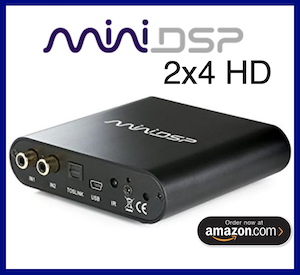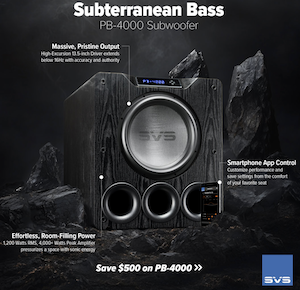Matthew J Poes
AV Addict
Thread Starter
- Joined
- Oct 18, 2017
- Posts
- 1,904
Hi Jon,
I just picked up a BSWA measurement microphone with 1/2" 'Class 1' capsule. The company I purchased it from included a NIST traceable certificate. It's a piece of paper with an image of the response measured both free field and with an electrostatic actuator (pressure field). It then has an "upper" and "lower" response deviation in a table. It looks like the "upper" is the free field response deviation and the lower is the pressure field response deviation from 0. First, would that make sense to you?
Second, I assume I can use this to create a correction file. Any helpful tips for that? I can probably scan the document in and read the table into excel with OCR software I have, and then just output that as a tab delimited txt file. It may also be quicker just to manually type it in.
I'm not sure if this is just the norm for NIST or my mic, my paper document only extends down to 20hz, but extends up to 31.5khz. The capsule also only has an indicated response down to 20hz. Everything below 500hz has a correction of 0 for both pressure and free-field. When I asked the company what it's true low-end limit was, they said likely single digits, but they don't have the facilities or capability to test that. Any thoughts on what it's true low-end limit probably is? I assume if it hasn't rolled off at all below 20hz, it is flat to below 20hz, but that still could mean 18hz, 15hz, or 2hz. Based on the capsule (it appears to be a copy of a G.R.A.S. capsule as it has identical specs and an identical appearance) I suspect it extends below 5hz (That capsule was -3dB at 5hz).
I just picked up a BSWA measurement microphone with 1/2" 'Class 1' capsule. The company I purchased it from included a NIST traceable certificate. It's a piece of paper with an image of the response measured both free field and with an electrostatic actuator (pressure field). It then has an "upper" and "lower" response deviation in a table. It looks like the "upper" is the free field response deviation and the lower is the pressure field response deviation from 0. First, would that make sense to you?
Second, I assume I can use this to create a correction file. Any helpful tips for that? I can probably scan the document in and read the table into excel with OCR software I have, and then just output that as a tab delimited txt file. It may also be quicker just to manually type it in.
I'm not sure if this is just the norm for NIST or my mic, my paper document only extends down to 20hz, but extends up to 31.5khz. The capsule also only has an indicated response down to 20hz. Everything below 500hz has a correction of 0 for both pressure and free-field. When I asked the company what it's true low-end limit was, they said likely single digits, but they don't have the facilities or capability to test that. Any thoughts on what it's true low-end limit probably is? I assume if it hasn't rolled off at all below 20hz, it is flat to below 20hz, but that still could mean 18hz, 15hz, or 2hz. Based on the capsule (it appears to be a copy of a G.R.A.S. capsule as it has identical specs and an identical appearance) I suspect it extends below 5hz (That capsule was -3dB at 5hz).












